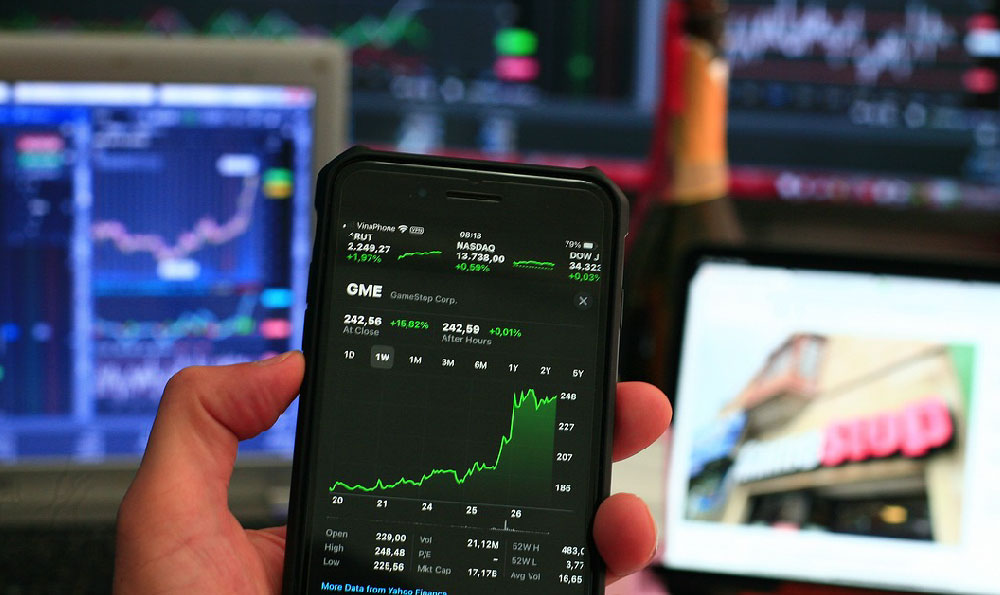Free App Development Guide to Monetize Your Mobile Application Successfully
Monetizing a mobile application has become an essential aspect of modern digital product development, particularly as the global app market continues to expand. With millions of apps available across platforms, standing out and generating sustainable revenue requires both strategic thinking and execution. Whether you are an independent developer or part of a larger organization, the path to monetization is not a one-size-fits-all solution. It involves a deep understanding of user behavior, market trends, and the nuanced balance between monetization and user experience.
One of the most straightforward methods to generate income is through in-app advertising. Displaying banners, interstitials, or rewarded video ads can provide a steady cash flow, especially for apps with a large and engaged user base. However, the effectiveness of this strategy depends heavily on how well you integrate ads into the user flow without disrupting the experience. A well-placed ad that aligns with the app's content or timing can feel like a natural part of the interface, while poorly executed ads may lead to user frustration and lower retention rates. For instance, a fitness app might benefit from video ads that encourage users to try new exercises, whereas a productivity tool may need to adopt a more subtle approach. Monetizing through ads often requires careful calibration, including A/B testing different ad formats, adjusting frequency based on user feedback, and leveraging analytics to track performance metrics like CTR (click-through rate) and eCPM (effective cost per thousand impressions).
Another popular approach is the subscription model, which allows users to access premium features or content for a recurring fee. This method is particularly effective for apps that offer exclusive value, such as streaming services, educational platforms, or tools with ongoing updates. The success of a subscription-based app hinges on delivering consistent quality and value to justify the ongoing cost. Developers must also consider the pricing strategy—whether to offer a freemium model with free access to basic features and paid upgrades, or to implement a full subscription from the start. A key challenge here is to maintain user engagement without creating a sense of obligation. For example, a meditation app might provide free guided sessions and charge for a subscription that includes personalized plans and advanced analytics. In such cases, creating a loyalty program that rewards long-term users can significantly improve retention and lifetime value.

Application in-app purchases present another viable avenue, particularly for apps that offer digital goods or consumable content. This could range from cosmetic upgrades in a game to additional features in a productivity tool. The key to success here lies in understanding what users are willing to pay for and ensuring that the in-app items add tangible value. A poorly designed purchase system may lead to user dissatisfaction and hinder revenue growth. For instance, a game might offer in-game currency or exclusive characters, but the pricing must align with the perceived value to avoid perceptions of being exploitative. Developers should also consider the psychological aspects of purchasing, such as scarcity, urgency, and social proof, to encourage conversions.
A third strategy is monetizing through sponsored content or partnerships, which are increasingly common in app development. This involves collaborating with brands to offer sponsored features, product placements, or exclusive deals to users. The advantage here is that it can provide a substantial revenue stream without requiring users to pay directly. However, this approach demands that the partnership aligns with the app's audience and brand image. For example, a travel app might collaborate with airlines or hotels to offer exclusive discounts, while a fitness app could partner with sportswear brands. The challenge lies in maintaining authenticity and ensuring that the sponsored content does not compromise the user experience.
Beyond these primary methods, monetization can also come from data monetization, affiliate marketing, or even a hybrid model that combines multiple approaches. For instance, an app that collects user data ethically can sell anonymized insights to businesses, while a lifestyle app might integrate affiliate links for products related to its theme. However, the choice of monetization method should always be guided by the app’s purpose, user demographics, and long-term goals. Developers must be prepared to experiment, iterate, and refine their monetization strategies based on real-world feedback and performance metrics.
In addition to selecting the right monetization model, developers must also focus on creating a seamless user experience that drives both engagement and conversions. This involves optimizing onboarding processes to highlight the app’s value proposition, designing a user interface that minimizes friction during the purchase process, and providing exceptional customer support to address any concerns. For example, an app that offers a subscription might benefit from a free trial period to allow users to test the service before committing, while an app that uses in-app purchases could provide clear explanations of the value each purchase delivers.
Moreover, the role of analytics and user feedback cannot be overstated. Monitoring user behavior through tools like Google Analytics or Firebase can help developers identify trends and pain points, allowing them to make data-driven decisions. For instance, if users are dropping off at a specific point in the app, it may indicate a need to adjust the monetization strategy or improve the overall user experience. Regularly gathering user feedback through surveys, in-app reviews, or social media can also provide valuable insights into what users expect and how they perceive the app’s value.
Finally, developers must remain adaptable and open to innovation. The mobile app landscape is constantly evolving, with new trends and technologies emerging regularly. For example, the rise of blockchain-based apps has introduced new monetization opportunities, such as token-based rewards or NFT sales. Similarly, the integration of emerging technologies like augmented reality (AR) or artificial intelligence (AI) can open doors to new revenue streams. By staying informed and willing to experiment, developers can position their apps to thrive in a competitive market.
In conclusion, monetizing a mobile application is a complex yet rewarding process that requires a combination of strategic planning, user-centric design, and continuous optimization. Whether through ads, subscriptions, in-app purchases, or partnerships, the key is to choose a method that aligns with the app’s purpose and user expectations. Success lies in balancing profitability with usability, ensuring that the app remains valuable and enjoyable for its audience. With careful experimentation, data analysis, and a focus on user satisfaction, developers can unlock their app’s full potential and achieve long-term financial success.














